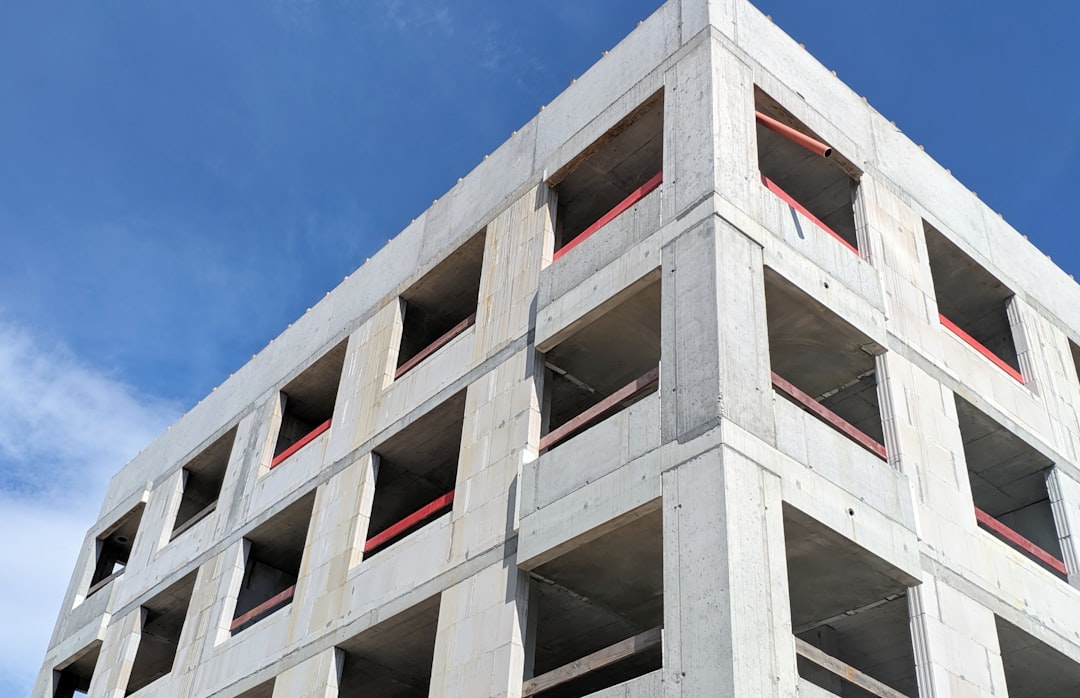
Ask any CountBricks field supervisor to name the tool that saves the most rework on site and they’ll point to the builder's level. Whether you are setting footings for a custom infill or laying out a slab-on-grade addition, understanding how to use a builder's level keeps elevations tight, schedules on track, and estimates profitable.
• Telescope – magnifies the target rod for clear sighting
• Leveling screws – three or four screws used to zero the bubble vial
• Bubble vial – indicates when the instrument is perfectly level
• Horizontal tangent screw – fine-tunes the telescope for pinpoint alignment
• Grade rod – graduated staff held by a helper to capture height readings
1. Position the tripod on stable ground roughly centered in your work area. Kick each leg in until solid.
2. Attach the level head and roughly level it by eye before tightening the base screw.
3. Turn the leveling screws. Move opposite screws with equal pressure until the bubble centers. Rotate 90° and repeat. A centered bubble in any direction means you’re ready to shoot.
4. Have your helper hold the grade rod plumb on a known benchmark—CountBricks crews often use a finished floor mark or survey nail.
5. Sight through the telescope. Adjust the horizontal tangent screw until the crosshair crisps onto the rod. Call out the reading to your helper. This is your backsight (BS).
6. Move the rod to the first new point—perhaps the corner form of a footing—and take a foresight (FS). Subtract FS from BS to find the change in elevation.
7. Transfer or adjust forms, plates or string lines until every FS reading matches plan elevation. Repeat for remaining corners.
• Always rotate the telescope 180° and confirm the bubble to catch tripod settlement early.
• Shade the eyepiece with your hand on bright days—glare makes the crosshair dance.
• Record BS and FS data in the CountBricks mobile app so numbers flow straight into AI takeoffs.
• Soft soil tripod sink – Lay a scrap of 2×8 under each leg.
• Rod readings blurry – Clean the objective lens and refocus; dust is the usual culprit.
• Inconsistent elevations – Re-check bubble after each relocation; rushing the leveling screws is expensive.
When your crew captures accurate elevation data, CountBricks voice-driven estimating can:
• Auto-calculate cut-and-fill volumes for site prep
• Adjust concrete yardage based on real-world slab thickness
• Update material lists so form lumber, anchor bolts, and stem-wall bar are never under-ordered
Because the readings are logged in real time, the AI creates updated cost lines before you leave the lot. Visit CountBricks.com/services to see how our blueprint takeoffs blend seamlessly with on-site measurements.
• Rafter leveling on steep-pitch roofs
• Drainage slope verification for walk-out basements
• Camera-assisted shooting through window openings to avoid scaffold setup
Knowing how to use a builder's level is the bridge between architectural intent and field reality. Pair that skill with CountBricks AI estimating, and your residential projects stay profitable from first stake to final invoice.
Explore more at CountBricks.com/portfolio or schedule a live demo at CountBricks.com/consultation.

CountBricks recently managed a 3,400 sq ft custom bungalow that called for stepped grade beams across a sloping lot. The original engineer’s benchmark sat ten feet beyond the excavation, forcing constant up-and-down travel for the rodman. Here’s how the crew turned the challenge into profit:
1. The lead carpenter established a secondary benchmark beside the footing trench using the builder's level and recorded both BS and new elevation in the CountBricks field app.
2. Two apprentices shot foresights on each corner form, with measurements auto-synced to the project dashboard.
3. CountBricks AI recalculated concrete volumes, identifying a 3.8 m³ surplus that was immediately adjusted in the purchase order.
4. Because every stake was laser-straight the first time, the crew skipped the usual half-day of re-stringing, cutting a full day off the schedule.
• A correctly used builder's level prevents compound errors that creep in when crews rely on tape-measure math alone.
• Digitizing rod readings with CountBricks eliminates clipboard transcription errors and feeds procurement in real time.
• The efficiency gain isn’t just labour; concrete, rebar and pump time drop when your elevations are right the first time.
If your team still juggles paper field notes and late-night spreadsheet sessions, connect the dots:
• Book a no-obligation demo at CountBricks.com/consultation
• Upload current blueprints for a free AI takeoff trial
• Explore training modules on builder's level mastery within CountBricks.com/services
Marry time-tested leveling techniques with CountBricks automation and watch your residential margins grow.